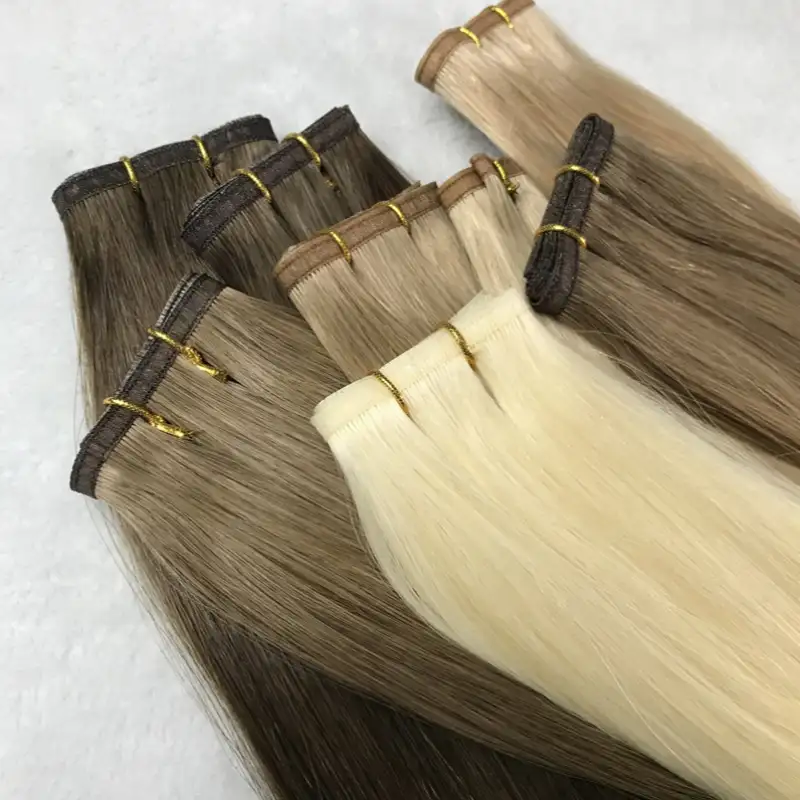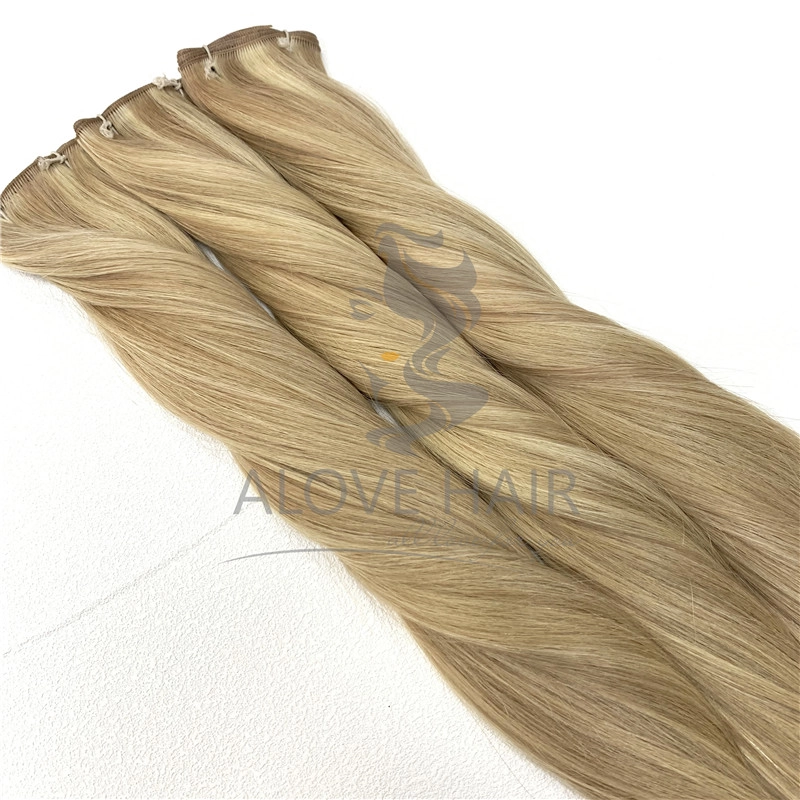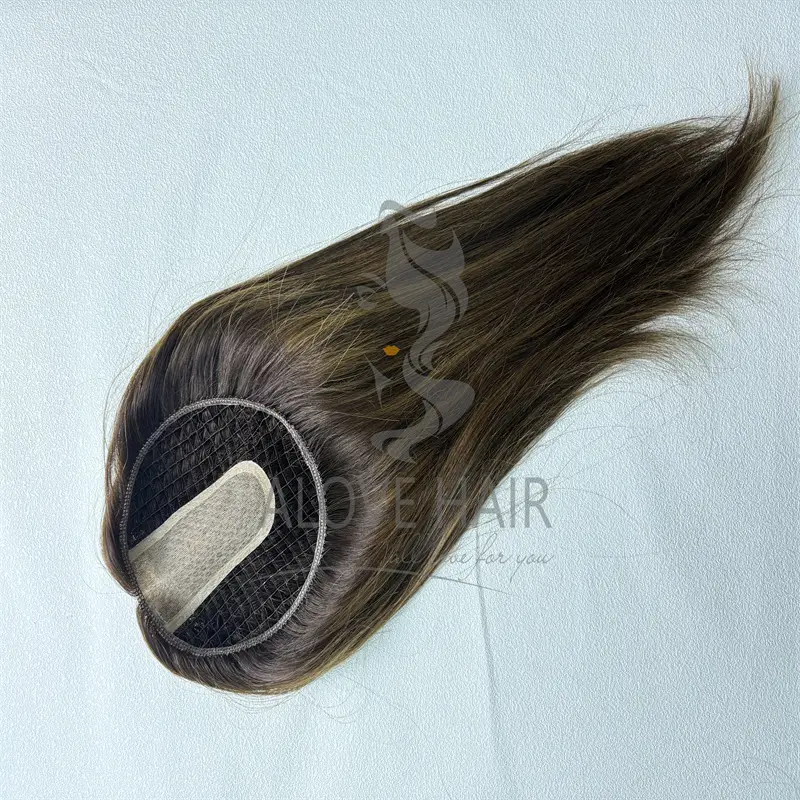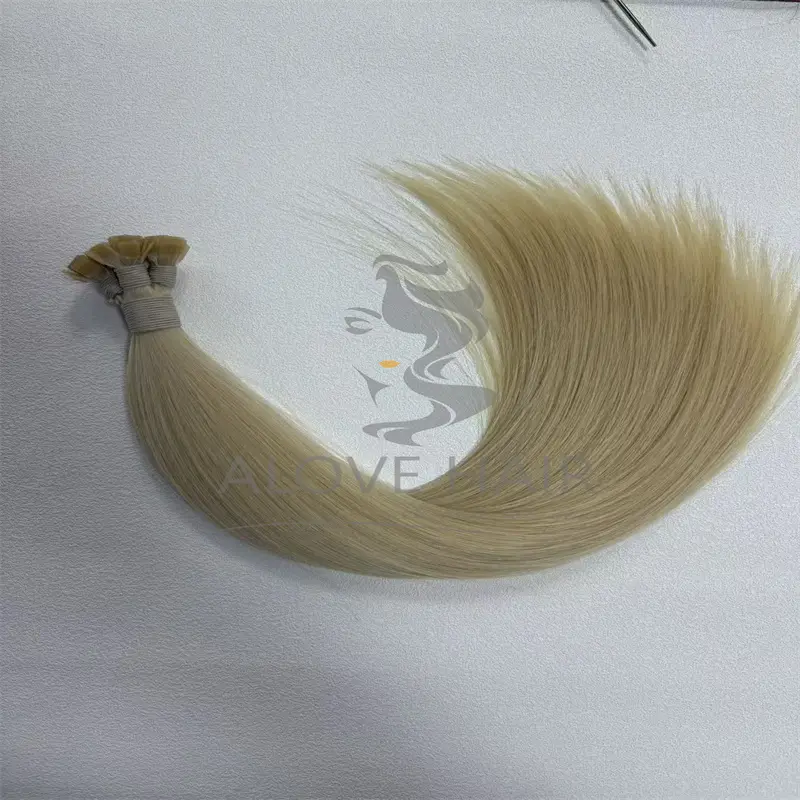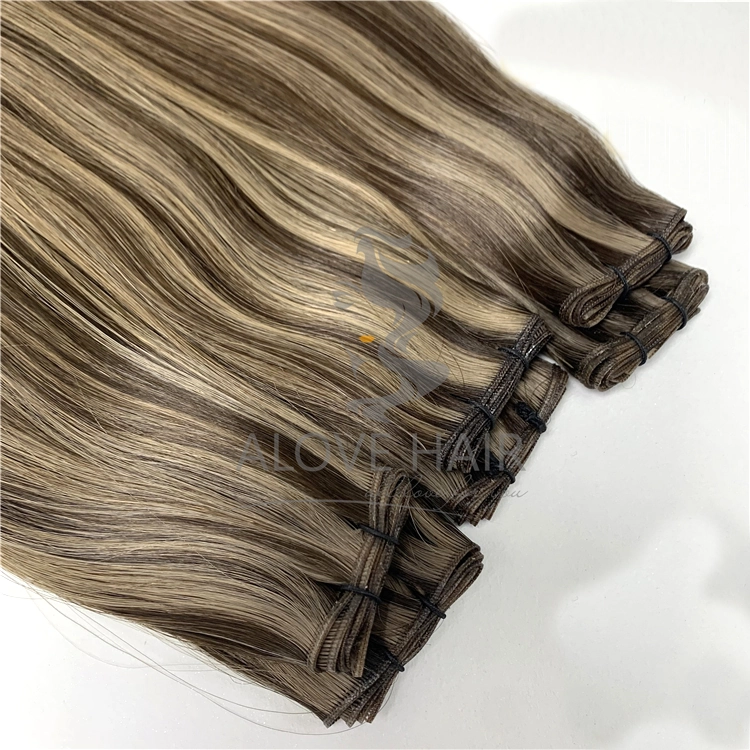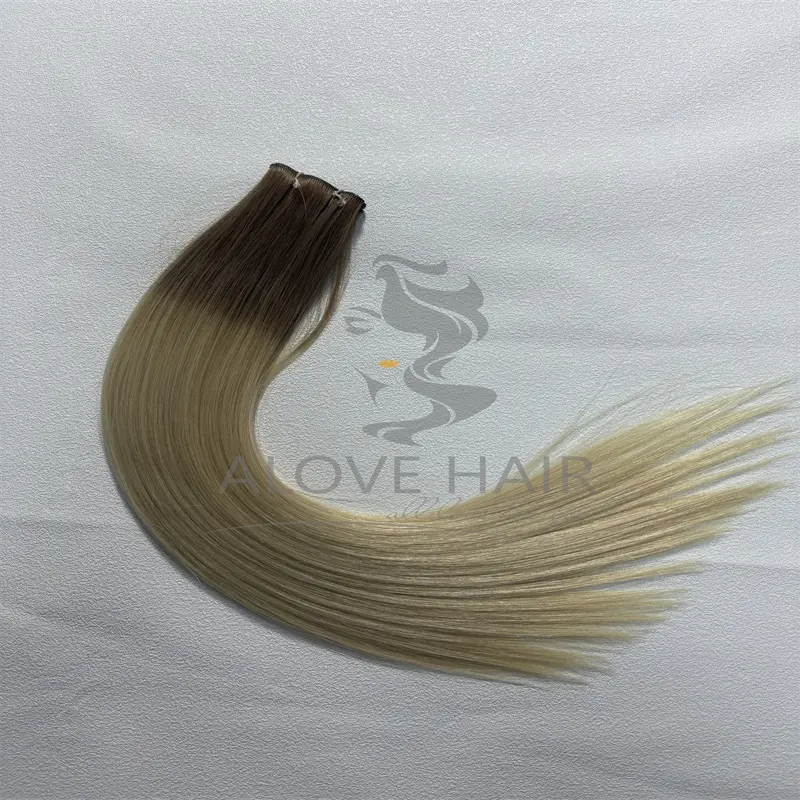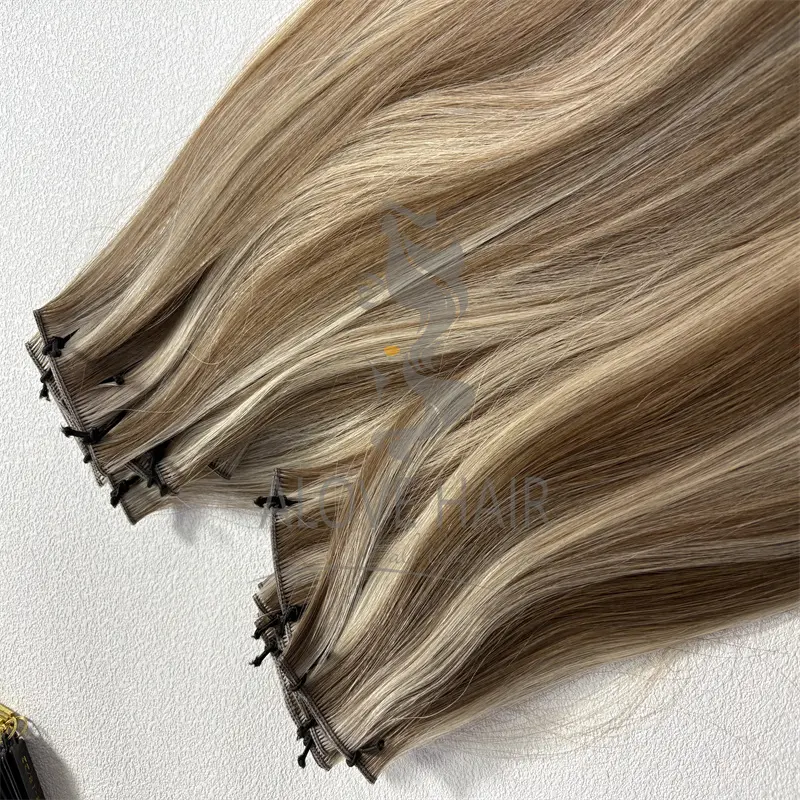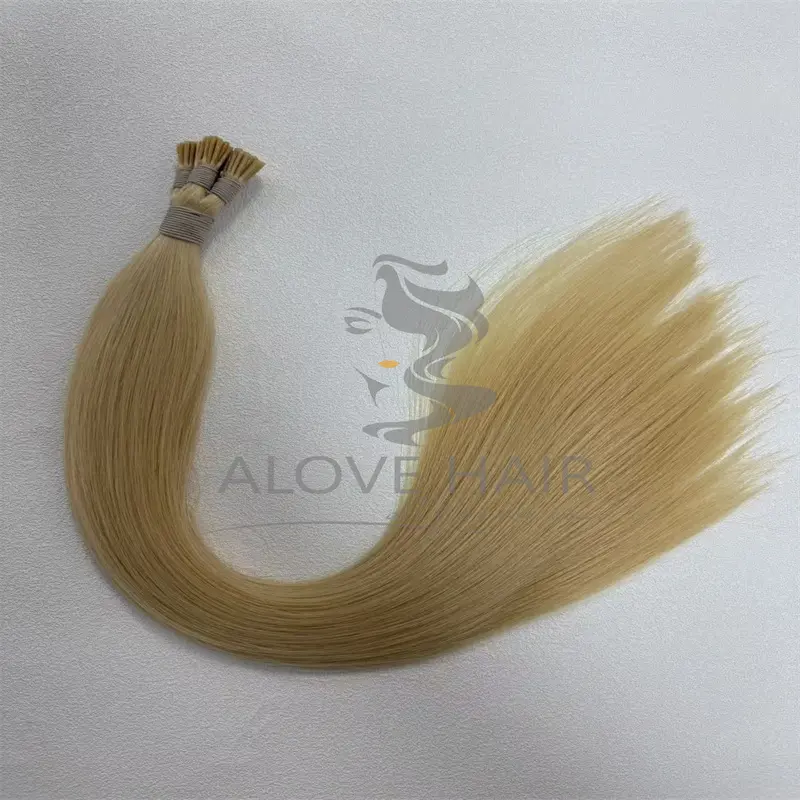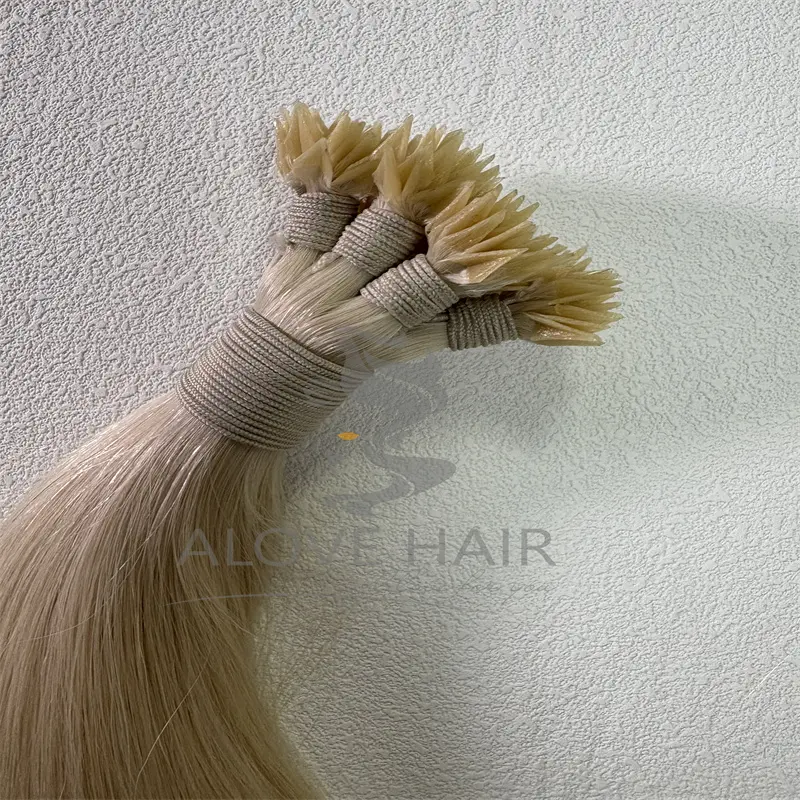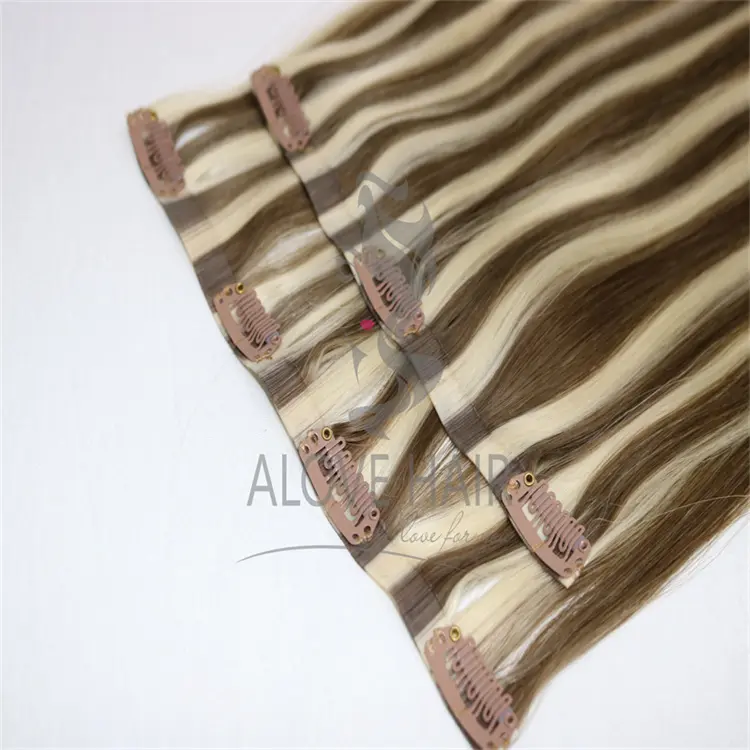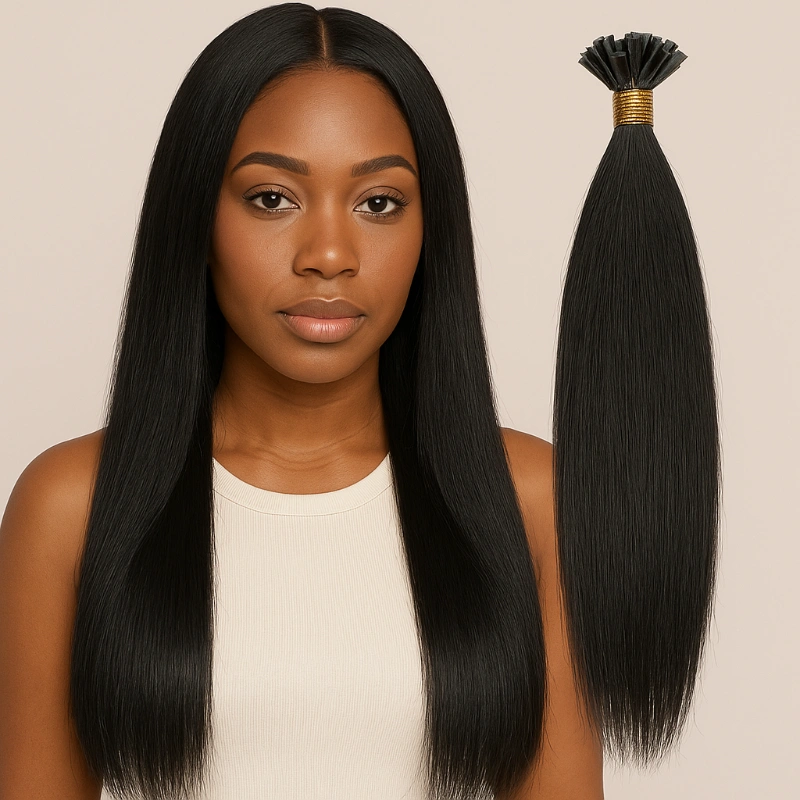Hair extensions should enhance your beauty - not cause frustration. Sew-in extensions, the classic choice, create voluminous, long-lasting looks through meticulous braiding and stitching. Meanwhile, flat weft extensions offer a modern alternative with their streamlined design that sits flush against the scalp, ideal for achieving subtle, natural-looking length.
Understanding these differences is crucial because your hair type, daily routine, and budget all play pivotal roles in determining the right option. While sew-ins deliver dramatic transformation for thick hair, flat wefts provide gentle enhancement for fine strands. Making the wrong choice could mean dealing with uncomfortable tension, premature shedding, or disappointing results - problems no one wants to face.
"Selecting unsuitable extensions often leads to regret - let's ensure you make the perfect choice." This comprehensive comparison will examine application techniques, maintenance requirements, cost factors, and hair health considerations to guide you toward your ideal hair transformation.
What Are Sew-In Hair Extensions?
Sew-in hair extensions represent the gold standard in semi-permanent hair enhancement, offering a tried-and-true solution for dramatic transformations. This traditional method involves creating cornrow braids along the scalp, then meticulously sewing hair wefts directly onto the braided foundation using a specialized needle and thread. Unlike temporary clip-ins or tape extensions, sew-ins create a secure, seamless bond that typically lasts 6-8 weeks with proper maintenance.
Ideal Candidates:
These extensions shine for those with thick, strong hair that can support the weight of multiple wefts. They're particularly favored by clients seeking:
Significant length addition (10+ inches)
Major volume boosts
Long-term wear without daily removal
Protective styling that covers natural hair
Key Advantages:
Customization Power: Stylists can precisely place wefts to address specific thin areas or create desired fullness patterns
Staying Power: The sewing technique creates one of the most secure attachments in the extension world
Style Versatility: Supports everything from sleek buns to voluminous curls without shifting
Important Considerations:
The technique does come with some trade-offs. The braiding process adds noticeable weight to the scalp, which some wearers find uncomfortable during initial days. Installation requires 2-4 hours at a salon, and improper braiding tension can potentially stress hair follicles. Maintenance involves special care when washing to prevent mildew at the braided base and regular salon visits for adjustments.
Modern Variations:
Today's sew-in options have evolved beyond basic wefts. Many stylists now offer:
Invisible part sew-ins for undetectable hairlines
Leave-out techniques that blend natural hair seamlessly
Hybrid installations combining sew-in security with clip-in convenience
When executed properly by an experienced stylist, sew-in extensions can provide stunning, natural-looking results that withstand even active lifestyles. However, they represent a significant investment of both time and money, making them best suited for those committed to proper aftercare and maintenance routines.
What Are Flat Weft Hair Extensions?
Flat weft hair extensions are a modern, innovative alternative to traditional sew-in extensions, designed for a more lightweight and natural-looking result. Unlike conventional wefts that may create bulk at the roots, flat wefts feature a machine-sewn, ultra-thin base that lies nearly flush against the scalp. This streamlined design minimizes tension on natural hair while still providing length and volume.
Who Are Flat Weft Extensions Best For?
These extensions are particularly ideal for:
Fine or thin hair – The low-profile weft prevents visible bulk, blending seamlessly with delicate strands.
Sensitive scalps – Less tension means reduced pulling and discomfort compared to traditional sew-ins.
DIY enthusiasts – Many flat weft extensions come with pre-attached clips or tapes for easier at-home installation.
Those seeking a natural hairline – Many brands pre-bleach the weft knots for undetectable blending, especially around the parting areas.
Key Features & Benefits
Lightweight & Comfortable
The flat, flexible base distributes weight evenly, avoiding the heaviness of traditional sew-ins.
Ideal for long-term wear without causing strain on hair follicles.
Natural-Looking Roots
Many flat wefts are pre-bleached or ventilated to mimic scalp appearance, eliminating the "track" effect.
Great for updos and high ponytails where extensions are often visible at the base.
Easier Installation & Removal
Sew-in method (for semi-permanent wear)
Clip-in or tape-in (for temporary use)
Can be applied via:
Less time-consuming than traditional sew-ins, often taking 1-2 hours for a full head.
Lower Tension, Less Damage
Since they don’t require tight braiding, they reduce the risk of traction alopecia.
Gentle on edges and fragile hairlines.
Potential Drawbacks
Not as secure as traditional sew-ins – If not professionally installed, they may loosen faster.
Limited to moderate volume – Those seeking extreme fullness may still prefer traditional wefts.
Requires proper maintenance – Like all extensions, improper care can lead to tangling or shedding.
Sew-In vs. Flat Weft Hair Extensions: Key Differences Compared
Choosing between sew-in and flat weft hair extensions depends on several factors, including installation method, comfort, durability, cost, and hair health risks. Below, we break down each category with detailed comparisons—plus a handy data table for quick reference.
1. Installation Process
Sew-In Extensions
Method: Cornrow braids are created first, then wefts are hand-sewn onto the braids using a needle and thread.
Professional Required? Highly recommended—improper installation can cause tension and damage.
Time Required: 2–4 hours in a salon.
Skill Level: Advanced (not ideal for DIY).
Flat Weft Extensions
Method: Pre-made, thin wefts that can be:
Sewn in (onto micro-braids for semi-permanent wear)
Clipped in (temporary, no braiding needed)
Taped in (double-sided adhesive for a flatter hold)
Professional Required? Optional—many flat wefts are designed for easier at-home application.
Time Required: 1–2 hours (faster than sew-ins).
Skill Level: Beginner-friendly (especially clip-in versions).
2. Comfort & Weight
| Feature | Sew-In Extensions | Flat Weft Extensions |
|---|---|---|
| Weight | Heavier (multiple wefts + braids) | Lighter (thin, flat base) |
| Scalp Tension | Can feel tight, especially if braids are too snug | Minimal tension, more comfortable for long-term wear |
| Best for Sensitive Scalps? | No (may cause headaches) | Yes (gentler on hair follicles) |
| Updos & High Ponytails | Tracks may be visible | Nearly undetectable due to flat base |
Winner for Comfort: Flat weft extensions, especially for those with fine hair or scalp sensitivity.
3. Durability & Longevity
| Factor | Sew-In Extensions | Flat Weft Extensions |
|---|---|---|
| Average Wear Time | 6–8 weeks (with maintenance) | 4–6 weeks (varies by installation method) |
| Reusability? | Yes (if removed carefully) | Clip-ins: Yes / Tape-ins: No |
| Maintenance Needs | Regular tightening (every 4–6 weeks) | Less upkeep, but bonds may loosen faster |
| Best for Long-Term Wear? | Yes (more secure) | Better for short-term or occasional use |
Winner for Durability: Sew-ins last longer but require more maintenance.
4. Cost Comparison
| Cost Factor | Sew-In Extensions | Flat Weft Extensions |
|---|---|---|
| Extension Cost | $$–$$$ (higher-quality wefts needed) | $–$$ (more affordable options available) |
| Installation Cost | $$$ (professional stylist required) | $$ (can be DIY or cheaper salon service) |
| Maintenance Cost | $$ (regular salon visits) | $ (less frequent adjustments needed) |
| Total Estimated Cost (6 Weeks) | $300–$800+ | $150–$500 |
Winner for Affordability: Flat wefts are generally cheaper, especially if self-applied.
5. Hair Damage Risk
| Risk Factor | Sew-In Extensions | Flat Weft Extensions |
|---|---|---|
| Traction Alopecia Risk | High (if braids are too tight) | Low (less tension on scalp) |
| Edge Damage | Possible (due to braid tension) | Rare (unless improperly removed) |
| Shedding & Breakage | Can occur if extensions are too heavy | Minimal if installed correctly |
| Removal Process | Must be carefully unstitched to avoid pulling | Easier removal (especially clip-ins) |
Winner for Hair Health: Flat wefts are gentler, but both can cause damage if mishandled.
Final Verdict: Which Should You Choose?
Pick Sew-In Extensions If You…
✅ Have thick, strong hair that can handle weight
✅ Want maximum volume and long-term wear (6+ weeks)
✅ Don’t mind salon visits for installation and upkeep
Pick Flat Weft Extensions If You…
✅ Have fine or thin hair that needs a lightweight option
✅ Prefer a more natural, undetectable look
✅ Want a budget-friendly or DIY-friendly solution
Data Summary Table
| Category | Sew-In Extensions | Flat Weft Extensions |
|---|---|---|
| Installation | Professional sewing onto braids (2–4 hrs) | DIY-friendly (clip/tape/sew) (1–2 hrs) |
| Comfort | Heavy, may cause tension | Lightweight, less scalp stress |
| Durability | 6–8 weeks | 4–6 weeks |
| Cost | $$$ (higher initial + maintenance) | $$ (more affordable) |
| Damage Risk | Higher (traction alopecia risk) | Lower (if installed properly) |
Both sew-in and flat weft extensions have unique advantages—your choice depends on hair type, budget, and lifestyle. For long-lasting, voluminous styles, sew-ins are ideal. For lightweight, natural-looking hair with less commitment, flat wefts win.
Pro Tip: Consult a stylist before deciding, especially if you have fragile or chemically treated hair!
Sew-In vs. Flat Weft Extensions: Which Is Better for You?
Choosing between sew-in and flat weft hair extensions ultimately depends on your hair type, lifestyle, and desired look. Below, we break down which option works best for different needs—so you can make the perfect choice.
When to Choose Sew-In Extensions
✅ Best for Maximum Volume & Length
If you want dramatic transformation, sew-ins deliver:
Thicker, fuller hair (ideal for adding 10+ inches)
Strong hold for styling (curls, updos, ponytails stay secure)
Best for protective styling (covers natural hair completely)
✅ Ideal for Thick or Coarse Hair
Sew-ins require strong natural hair to support the weight of braids and wefts.
Those with dense, resilient strands won’t feel as much tension.
✅ Long-Term Wear (2+ Months)
With proper care, sew-ins last 6–8 weeks before needing adjustments.
Great for those who don’t want to reinstall frequently.
Not Recommended If You…
Have fine or thinning hair (braids may cause breakage).
Prefer a lightweight feel (sew-ins can feel heavy).
Want a DIY-friendly option (requires professional installation).
When to Choose Flat Weft Extensions
✅ Best for Fine or Thin Hair
The flat, low-profile base prevents visible tracks.
Less tension = safer for fragile edges and scalps.
✅ Lightweight & Natural Look
Lies flush against the scalp for undetectable blending.
Pre-bleached knots make partings look more realistic.
✅ Budget-Friendly & DIY Option
Cheaper installation (can be self-applied with clips or tape).
Lower maintenance than sew-ins.
Not Recommended If You…
Need extreme volume (flat wefts provide moderate fullness).
Want longest-lasting hold (typically lasts 4–6 weeks).
Quick Decision Checklist
Pick Sew-In Extensions If You…
✔ Desire maximum length and volume
✔ Have thick, strong hair
✔ Don’t mind professional installation & upkeep
✔ Prefer long-term wear (6+ weeks)
Pick Flat Weft Extensions If You…
✔ Have fine or thin hair
✔ Want a lightweight, natural blend
✔ Need a budget-friendly or DIY option
✔ Like easier removal & less tension
Final Recommendation
Sew-ins = Best for bold, long-lasting transformations.
Flat wefts = Best for natural, low-maintenance enhancement.
Still unsure? Book a consultation with a stylist to assess your hair’s needs before committing!
Maintenance & Care Tips for Sew-In & Flat Weft Extensions
For Sew-In Extensions:
Cleaning: Focus on the scalp using a nozzle bottle to cleanse roots without loosening braids. Use a sulfate-free shampoo 1-2 times weekly.
Drying: Blow-dry roots on cool air to prevent mildew in braids.
Tension Check: If braids feel too tight, visit your stylist—never pull or adjust them yourself.
Night Care: Wrap hair in a silk scarf or sleep on a satin pillowcase to reduce friction.
For Flat Weft Extensions:
Washing: Use gentle, sulfate-free shampoo to avoid weakening bonds (clip-ins can be washed normally).
Heat Styling: Avoid direct heat near the weft base—flat irons & curling wands can melt adhesives.
Brushing: Detangle from ends to roots with a loop brush to prevent shedding.
Storage (Clip-Ins): Keep in a ventilated box to avoid moisture buildup.
Universal Tips:
✔ Avoid heavy oils near bonds (can loosen adhesive).
✔ Schedule touch-ups—sew-ins every 6-8 weeks, flat wefts every 4-6 weeks.
✔ Never sleep with wet hair (causes odor & slippage).
Frequently Asked Questions (FAQ)
1. Can I reuse flat weft extensions?
Yes, if sewn-in – They can typically be reinstalled 2-3 times if removed carefully.
Clip-ins may wear out – Over time, clips loosen and wefts fray with repeated use.
2. Do sew-in extensions damage edges?
Only if installed too tightly – Traction from tight braids can cause breakage. Always see a skilled stylist and avoid excessive tension.
3. Which looks more natural: sew-in or flat weft?
Flat weft wins for thin/fine hair – The flatter base blends seamlessly, while sew-ins may show tracks if not well-hidden.
4. How often should I wash my extensions?
Sew-ins: Every 1-2 weeks (focus on scalp).
Flat wefts: Weekly (avoid scrubbing bonds). Overwashing can loosen adhesives!
5. Can I exercise with these extensions?
Sew-ins: Secure but sweat can mildew braids—rinse roots post-workout.
Flat wefts: Better for workouts (lighter), but clip-ins may shift during high-intensity moves.
6. Which lasts longer: sew-in or flat weft?
Sew-ins: 6–8 weeks (longer hold).
Flat wefts: 4–6 weeks (depends on installation method).
7. Can I color or bleach my extensions?
Human hair: Yes, but consult a pro—overprocessing causes dryness.
Synthetic hair: No, heat will melt fibers.
8. How do I remove extensions safely?
Sew-ins: Have a stylist unstitch to avoid pulling.
Flat wefts: Use bond remover (for tape) or gently unclip (for clip-ins).
Final Thoughts: Choosing the Right Extensions for You
Both sew-in and flat weft extensions offer unique benefits—your choice depends on hair type, lifestyle, and desired look. Sew-ins provide maximum volume and longevity, making them ideal for thick hair, while flat wefts deliver a lightweight, natural finish perfect for fine or thin strands.
To ensure the best results, consult a professional stylist who can assess your hair’s needs and recommend the ideal method. Whether you opt for bold transformation or subtle enhancement, proper installation and maintenance are key to keeping your hair healthy and gorgeous.
